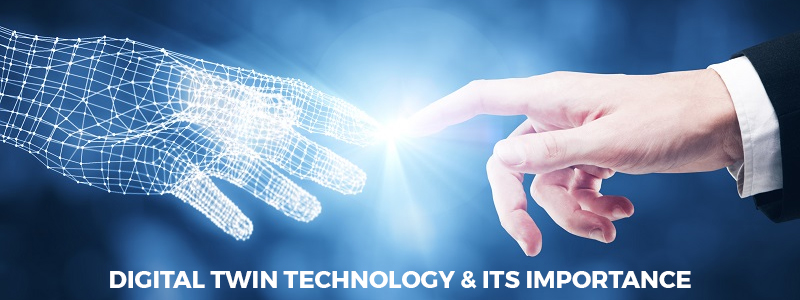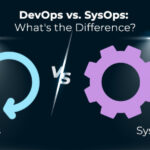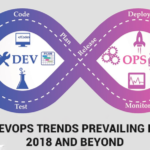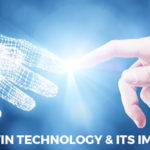After being coined in the year 2002, the term ‘Digital Twin Technology’ has apparently become ‘yet another buzz-word’ in the technology industry in the recent times, after being mentioned as one of the ‘Top 10 Strategic Technology Trends for 2017’ by Gartner. On taking a closer look at it, however, we realise that, in conjuction with the most cutting-edge technologies such as IoT, AI, Machine Learning and Cloud Computing, Digital Twin Technology is increasingly finding its application in various industries by imparting remarkable business advantages. So, here is our approach to explaining the Digital Twins in simple terms with the reasons why it can be advantageous for your business as well.
What is a Digital Twin?
The easiest way to describe a digital twin is that it is an image which has been connected with a real-life object by means of a steady flow of data coming from the sensors which enables the image to represent the status of the object in real-time. In technical terms, we call the stream of data-flow that connects the real-life or physical object with the image or the ‘digital object’. As the ‘digital thread’. A more advanced version of a digital twin would not only represent the current or real-time state of the physical object, but it would also record and present us with the historical digital profile of the particular object. So, it is convenient to state that a digital twin is a clone of a real-life product, only in a digital form – or simply the virtual model of a physical, real-life process.
The Digital Twin Technology provides us with a platform to analyse data and check the functioning of a product or a service process in advance so as to refine it, taking care of any potential problems. With the help of real-time data it imparts, it helps connect the product digitally with its own blue-print and acts as a proxy for the actual product model. As we go through the different phases of production starting from its development to the design and testing, this innovative technology comes handy in carefully examining all the feature and functions at each step. With the combination of digital twin technology, machine learning, cloud computing and AI, data analysis seems to be experiencing a paradigm shift with the virtual – digital model of the product imparting the real-time data.
How it works
To make a digital twin functional, smart components are employed to collect the real-time data of the physical model of the object – this data collected includes its working status and the other operational data. This information is then sent by these smart components using the cloud-based systems to the other side where detailed insights are gathered using data-analysis and an optimal outcome is obtained through consistent flow of data.
Why digital twin technology is gaining importance
Digital twin technology equips you with an integrated approach to monitoring, assessing and optimising the operational performance of the physical product by virtual means. This results in remarkably lesser downtimes and overhead expenses for your business. On adopting digital twin technology, your business becomes capable of resolving even the complex issues with the minimum investment of capital, time and efforts.
By managing the customer operations and developing a clearer understanding of their needs, Digital Twin Technology serves to create business innovation enabled by seamless customer services. This is another reason why Digital Twin Technology is gaining popularity in healthcare and retail industries apart from the manufacturing industry wherein the production of locomotives, aircraft engines, wind turbines, buildings and HVAC control systems, leverages from it.
















